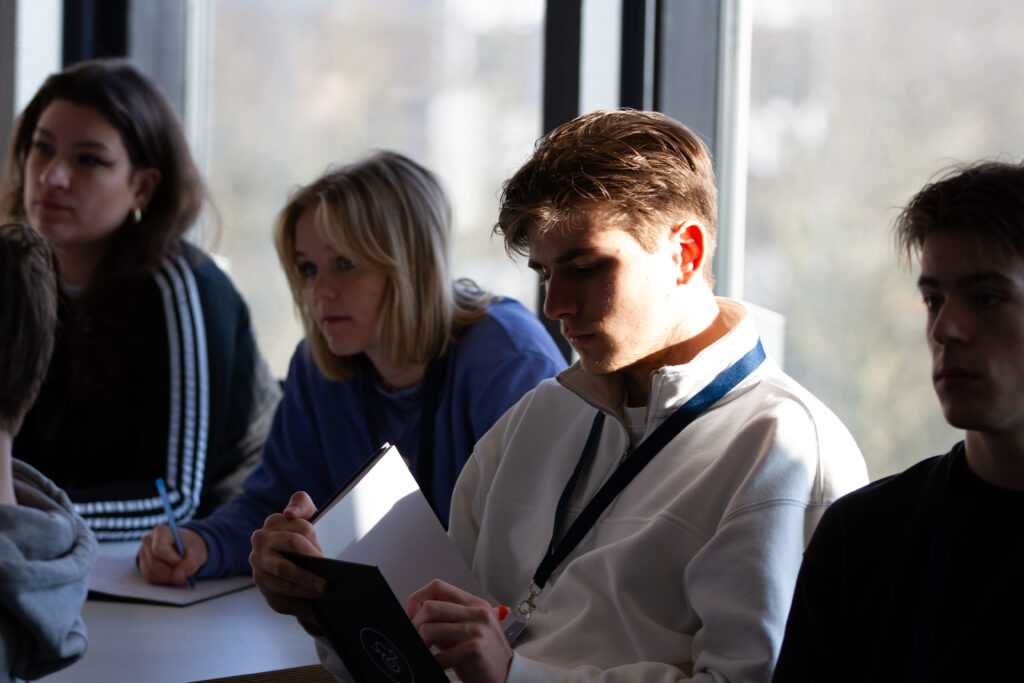Who is Mats?
Let's break it down!
to break the glass...
Pay attention, I'm about to reveal some traits that shape how I work and make impact!
Curious, continuous learner. I enjoy exploring new things and follow topics like climate policy and global politics—try me, I’ll know the latest ;). Every project is an opportunity to expand knowledge, test methods, and refine approaches. This habit keeps my work relevant to evolving regulations, funding programs and public needs.
Detail-oriented maker. I care about how parts fit into a coherent whole: clear communication, strong visual style, and consistent deliverables. That attention to detail is what makes my projects feel credible and practical for real-world implementation.
As an industrial designer, I am able to translate complexity into tangible artifacts, prototypes, and processes that people understand and trust. My experience in design thinking, user-centred methods, and prototyping lets me move strategy from abstract to testable interventions, which is exactly what’s needed to turn policy and initiatives into practical climate action.
How is Mats in a team?
Change doesn’t happen alone. It’s not just about what we do, but also how and with whom. I believe in teamwork - bringing in local experts, NGOs, companies, even governments - to create real, lasting solutions. I often take a coordinating design role. More specifically, I often organise the work within a team and align and integrate all the different (external) stakeholders. I value shared responsibility, transparent communication, and a good dose of fun. If there’s a gap in responsibility, I’ll step in, only to then help everyone get back in their roles.


Bonus: to keep projects clear and accessible to all stakeholders (including myself), I design with the commonly known Design Thinking process (visualisation on the right), making collaboration seamless.
How will I make my vision happen?
I always ask myself, "Will this create a measurable climate impact?" This results-oriented mindset keeps me focused and motivated. While I might put too much focus on big ideas first, I also realize that small ideas can grow into something with a global climate impact. It ensures that my design decisions align with policy goals and local realities.
I enjoy learning languages and I'm quite good at it, which makes it a bit easier to build international collaboration. I also enjoy using graphic and digital design to visualize strategy, produce clear materials, and engage stakeholders to ensure climate strategies are put into practice.

